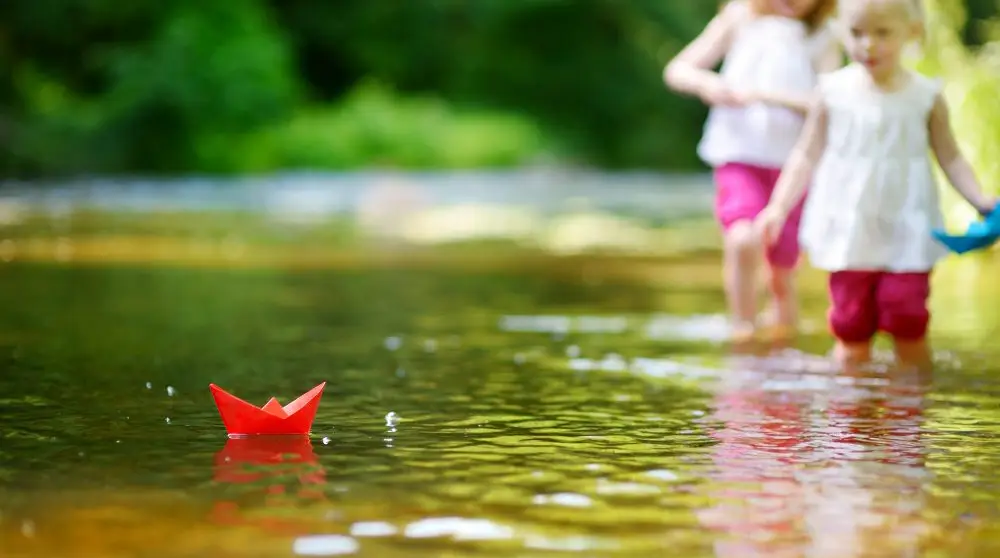Inland Waterway Safety


We all know the safest place at the beach to swim is between the flags; that supervision is a must when young swimmers are involved; that swimming pool gates need to be checked and locked.
But what precautions do we take when we travel to and swim in Inland Waterways?
In 2013-2014, Inland Waterways saw the highest number of drowning deaths (39%), compared to Swimming Pools (15%) and Beaches (13%). Overall, 266 people drowned in Australian waterways and 105 of these occurred in Inland Waterways (National Drowning Report, 2014).
Inland waterway safety is key. Follow the simple steps outlined in SEQ Water's Play It Safe guide:
To provide a safe environment for yourself and your family, make sure you are aware of the possible dangers which exist in and around inland waterways:
Kyle Vassil, aged 12, tragically died in a cold, dirty dam while at a school camp in February 2010.
Kyle had been swimming for four or five minutes while close to shore when he started to struggle. When Kyle became anxious and panicked, due to a possible asthma attack, two of his classmates tried to assist him. It is hard to determine the exact physiological process which caused or contributed to Kyle's submersion, but Kyle was unable to be saved.
21-year old, Ben Reddich entered the Brisbane River in October 2014, to retrieve a nearby floating soccer ball that was floating away. The young fitness instructor failed to resurface. The ensuing search was deemed difficult due to submerged trees, branches, and boulders, that were present. Ben's body was found 2 days later. Sadly, his disappearance on a Sunday added to statistics that show it as the day with the highest incidence of people drowning.
Although the overall drowning deaths decreased from 2012-2013 and was the lowest number recorded in the past 12 years, there was a 3 per cent increase on the 10 year average of drowning in inland waterways. ALWAYS take caution when swimming. Australia Wide First Aid wishes you a safe and injury-free summer.
Full Report: National Drowning Deaths






October 1, 2024
Almost every job involves using the body to carry out some type of manual task. Some tasks may be hazardous, causing injuries such as musculoskeletal disorders (MSDs). Knowing how to manage them is a legal responsibility of all workplaces.

January 10, 2024
In Australia, workplace safety is a top priority, and First Aid plays a crucial role in ensuring the well-being of employees. Workplaces are expected to adhere to specific regulations and guidelines outlined by Safe Work Australia. How does your workplace stack up?

November 24, 2023
No matter how experienced you are as an outdoor activity leader, there are some things you should always do to keep your group safe. Nature can be unpredictable, and so it’s best to be prepared.